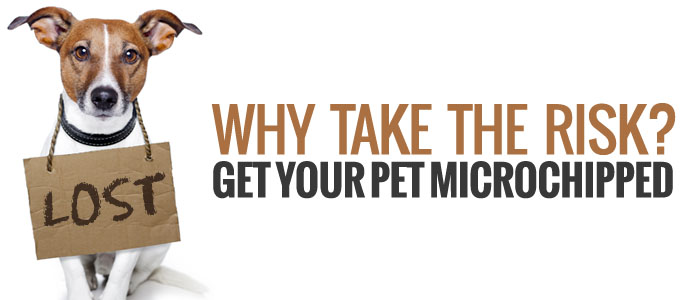The technology of a pet microchip is simple and safe.
The brilliance of a microchip implant is its simplicity.
No bigger than a grain of rice, a pet microchip is a radio-frequency identification transponder made up of just a few components encased within a slender capsule of bioglass, which is used extensively for implants in both humans and animals. Some microchips have anti-migration features to ensure capsules stay in place by bonding with the tissue under the animal’s skin.
• A microchip’s sole function is to store a unique ID number that is used to retrieve a pet parent’s contact information—it differs from a Global Positioning System, which is used for tracking, and requires a power source such as a battery.
• When a microchip scanner is passed over the skin of a microchipped pet, the implanted microchip emits an RF (radio frequency) signal. The scanner reads the microchip’s unique ID code. The microchip registry is called, and the registry company uses the ID number to retrieve the pet parent’s contact information from the pet recovery database.
• Most animal shelters and veterinary hospitals in the U.S. have global scanners that read pet microchips from most manufacturers.
At SpayToday, NeuterNow! we use Found Animals microchips. Microchips are a nifty bit of technology but remember: your pet’s microchip is useless without registration. You can REGISTER and UPDATE YOUR INFORMATION easily online! The best way to make sure a lost pet finds his or her way home is to make sure they have a microchip and your information is accurate so you can be reunited quickly and easily with your loved one!


